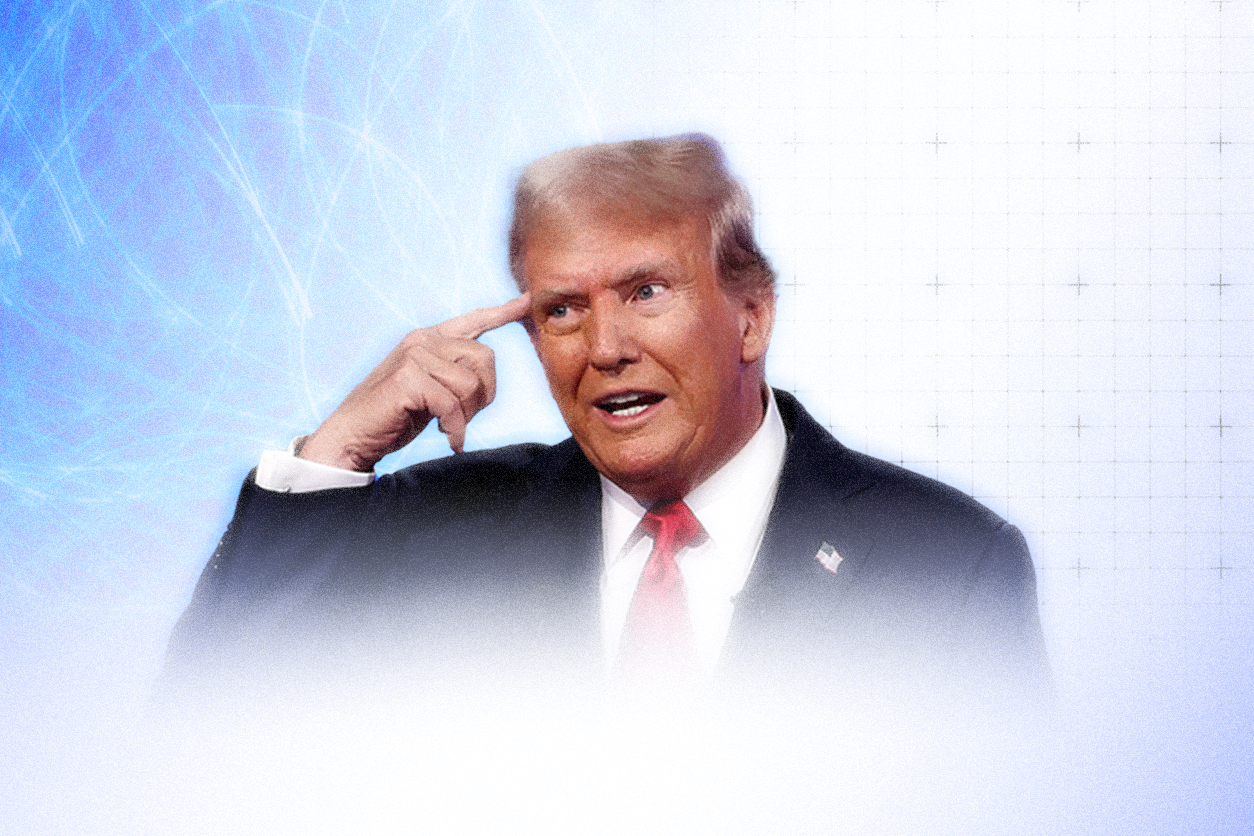Unleashing AI: The Trump Administration's Bold Vision for 2025 and Beyond

As President Donald Trump embarks on his second term in January 2025, his administration's approach to artificial intelligence (AI) is poised to significantly reshape the technological landscape. Emphasizing deregulation and innovation, the administration aims to position the United States at the forefront of AI development, fostering an environment conducive to rapid technological advancement.
Deregulation and Policy Reversals
In a decisive move on his first day back in office, President Trump rescinded Executive Order 14110, a comprehensive directive signed by former President Joe Biden in 2023 that established safety guidelines for generative AI. This order had mandated AI developers to share safety test results with the government and directed federal agencies to assess potential risks posed by AI. The revocation signals a shift towards a more laissez-faire approach, with the administration viewing previous regulations as impediments to innovation.
Further underscoring this direction, President Trump appointed venture capitalist David Sacks as the administration's "AI and Crypto Czar." Sacks, known for his critical stance on tech regulation, is expected to advocate for policies that minimize governmental oversight, thereby accelerating AI development and deployment.
Industry Implications and Market Reactions
The administration's deregulatory stance has been met with enthusiasm from the tech industry. Companies like Nvidia experienced stock increases following the revocation of AI-related executive orders, reflecting investor optimism about a more innovation-friendly regulatory environment. Analysts predict that reduced regulations will benefit tech giants and startups alike, fostering a competitive and dynamic AI ecosystem.
Moreover, the administration's focus on minimizing government intervention is anticipated to facilitate the development of AI infrastructure, including data centers. By easing energy constraints and streamlining approval processes, the government aims to support the rapid expansion of AI capabilities across various sectors.
Balancing Innovation with Ethical Considerations
While the push for deregulation is intended to spur innovation, it raises questions about the ethical implications of unchecked AI development. The previous administration's policies emphasized safety, security, and the protection of civil liberties in AI applications. In contrast, the current approach prioritizes technological advancement, potentially at the expense of established safeguards. This shift necessitates a careful examination of how to balance rapid innovation with the ethical use of AI, ensuring that advancements do not compromise public trust or safety.
Global Competitiveness and Strategic Objectives
A key driver behind the administration's AI policy is the desire to maintain and enhance U.S. leadership in the global AI arena, particularly in the face of advancements by strategic competitors like China. By fostering a more permissive environment for AI development, the administration aims to accelerate technological progress and secure economic and national security advantages. This strategy reflects a broader objective to leverage AI as a critical component of national power in the coming years.
Conclusion
The Trump administration's AI policies for 2025 and beyond mark a significant departure from previous regulatory frameworks, emphasizing deregulation and rapid innovation. While this approach is poised to invigorate the tech industry and bolster U.S. competitiveness, it also underscores the need for a nuanced dialogue on the ethical and societal implications of AI. Striking the right balance between fostering innovation and ensuring responsible development will be crucial as the United States navigates the evolving AI landscape.






